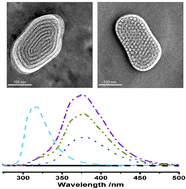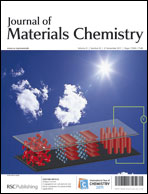Hierarchically structured biphenylene-bridged periodic mesoporous organosilica†
Abstract
Novel composites of highly ordered and stable biphenyl-bridged periodic mesoporous organosilica (PMO) materials confined within the pores of anodic ![[3 with combining macron]](https://www.rsc.org/images/entities/char_0033_0304.gif) m phase could also be obtained with the same
m phase could also be obtained with the same


 Please wait while we load your content...
Please wait while we load your content...